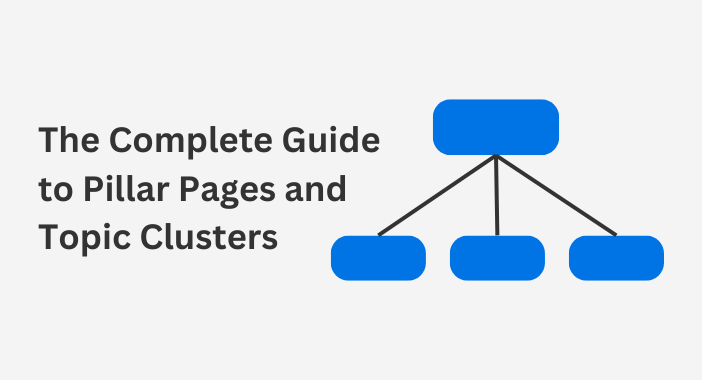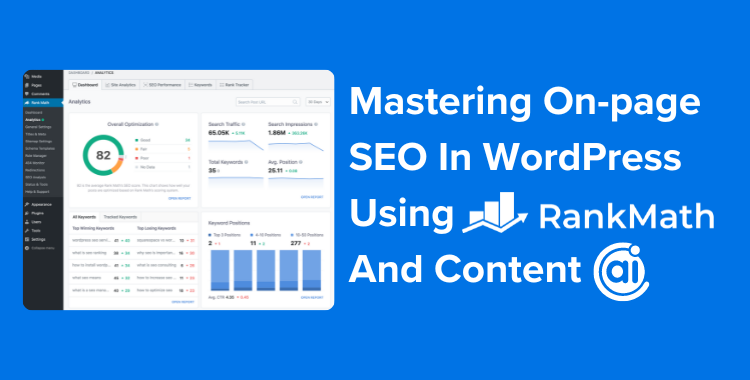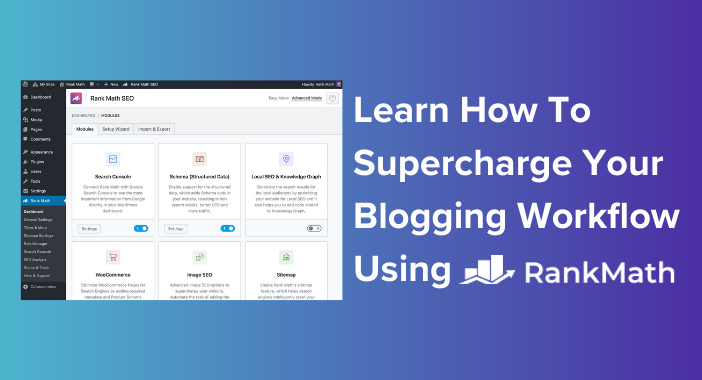In the ever-evolving landscape of digital marketing, creating content that stands out and drives traffic is more challenging than ever.
Pillar pages and topic clusters are powerful content strategies that can revolutionize your content marketing approach.
This guide will walk you through everything you need to know about pillar pages and topic clusters, from their definition and benefits to practical steps for implementation.

Whether you’re a content marketer, an SEO specialist, or a website owner, this guide is for you.
Understanding Pillar Pages
Pillar pages are a crucial part of a robust content marketing strategy. They are comprehensive, authoritative pages on a specific topic.
These pages cover a topic broadly, providing a high-level overview. They are designed to answer all the basic questions a reader might have about the topic.
What Are Pillar Pages?
Pillar pages are like the trunk of a tree. They provide the main support for all the related content, or branches, that sprout from them.
These pages are typically longer than regular blog posts. They aim to provide a comprehensive overview of a topic, rather than focusing on a narrow aspect.
Pillar pages are not sales pages. Instead, they are designed to provide value to the reader, establishing your site as a trusted resource on the topic.
The Role of Pillar Pages in SEO
Pillar pages play a significant role in SEO. They help search engines understand the structure of your website and the relevance of your content.
By linking related content to your pillar page, you create a network of internal links. This network helps search engines crawl your site more effectively.
Moreover, pillar pages can help improve your site’s ranking for specific keywords. By providing comprehensive, valuable content, you increase the chances of your page being recognized as a trusted source by search engines.
The Power of Topic Clusters
Topic clusters are a group of interlinked web pages. They revolve around a single pillar page, creating a cluster of related content.
This structure helps search engines understand the relationship between different pages on your site. It also improves the user experience by providing a clear, organized path through your content.
What Are Topic Clusters?
Topic clusters are like the branches of a tree. Each branch, or cluster, represents a specific subtopic related to the main topic of the pillar page.
Each cluster page dives deeper into a specific aspect of the main topic. It provides detailed information that complements the broad overview provided by the pillar page.
The cluster pages link back to the pillar page, creating a network of related content. This network helps search engines understand the structure and relevance of your content.
How Topic Clusters Enhance Content Strategy
Topic clusters enhance your content strategy in several ways. They help organize your content, improve SEO, and enhance the user experience.
By organizing your content into topic clusters, you create a clear, logical structure. This structure makes it easier for users to navigate your site and find the information they need.
Moreover, topic clusters can improve your SEO performance. By linking related content together, you help search engines understand the relevance of your content. This understanding can boost your site’s ranking for specific keywords.
Creating Your Pillar Page
Creating a pillar page is a strategic process. It involves identifying the right topic, conducting keyword research, writing and structuring the content, and choosing and linking supporting cluster content.
Identifying Pillar Page Topics
The first step in creating a pillar page is identifying the right topic. This topic should be broad enough to generate multiple subtopics, but specific enough to be relevant to your target audience.
Consider your audience’s needs, interests, and pain points. What topics are they most interested in? What questions do they have? Use these insights to guide your topic selection.
Conducting Keyword Research for Pillar Pages and Clusters
Once you’ve identified your pillar page topic, the next step is conducting keyword research. This research will help you identify the keywords and phrases your target audience uses to search for information related to your topic.
Use keyword research tools to identify high-volume, low-competition keywords. These keywords can help you rank higher in search engine results and attract more traffic to your pillar page.
Writing and Structuring Your Pillar Page
Writing and structuring your pillar page is a critical step in the creation process. Your pillar page should provide a comprehensive overview of your chosen topic, while also guiding readers to more detailed cluster content.
Here are some tips for writing and structuring your pillar page:
- Start with a clear, compelling introduction that hooks the reader and provides an overview of the topic.
- Break up your content into sections with clear headings and subheadings.
- Use bullet points and numbered lists to make your content easy to scan.
- Include visuals, such as images, infographics, and videos, to enhance your content and improve engagement.
- End with a strong conclusion that summarizes the key points and encourages further engagement.
Choosing and Linking Supporting Cluster Content
The final step in creating your pillar page is choosing and linking supporting cluster content. This content should dive deeper into specific aspects of your pillar page topic, providing detailed, valuable information for your readers.
Here are some tips for choosing and linking supporting cluster content:
- Choose subtopics that are directly related to your pillar page topic.
- Make sure each cluster page provides unique, valuable information that complements the pillar page.
- Use internal links to connect your pillar page and cluster pages, creating a network of related content.
- Use anchor text that accurately describes the linked content, helping search engines understand the relationship between your pages.
Promoting and Measuring Your Pillar Pages
Once your pillar page is live, the work doesn’t stop there. You need to promote your pillar page to reach your target audience and measure its success to understand its impact on your SEO and content strategy.
Strategies for Promoting Pillar Pages
Promoting your pillar page is crucial to its success. Without promotion, your pillar page may not reach its intended audience, limiting its impact.
Start by sharing your pillar page on your social media channels. This can help you reach a wider audience and drive traffic to your page.
Consider also leveraging email marketing. Send a dedicated email to your subscribers announcing your new pillar page, or include a link to it in your regular newsletters.
Don’t forget about SEO. Optimize your pillar page for search engines to help it rank higher in search results. This includes using your target keywords in your content, meta tags, and URLs.
Measuring Pillar Page Success with Analytics
Measuring the success of your pillar page is key to understanding its impact and identifying areas for improvement.
Use analytics tools to track key metrics, such as page views, time on page, and bounce rate. These metrics can give you insight into how users are interacting with your page.
Here are some key metrics to track:
- Page views: This shows how many people are visiting your pillar page.
- Time on page: This indicates how long users are spending on your page, which can give you an idea of how engaging your content is.
- Bounce rate: This shows the percentage of users who leave your site after viewing only your pillar page. A high bounce rate could indicate that users aren’t finding what they’re looking for on your page.
- Conversion rate: This shows the percentage of users who take a desired action on your page, such as filling out a form or making a purchase. This can help you understand how effective your pillar page is at driving conversions.
Best Practices and Common Mistakes
Creating a successful pillar page requires careful planning and execution. There are certain best practices you should follow to ensure your pillar page is effective. However, there are also common mistakes that can hinder your pillar page’s performance.
Pillar Page Best Practices
When creating a pillar page, it’s important to keep your audience in mind. Your pillar page should provide valuable, comprehensive information on a specific topic that your audience is interested in.
Here are some best practices to follow when creating a pillar page:
- Choose a broad topic that you can dive deep into. Your pillar page should be comprehensive and cover all aspects of the topic.
- Make sure your pillar page is easy to navigate. Use headers, subheaders, and bullet points to break up your content and make it easy for users to find the information they’re looking for.
- Link to your pillar page from other relevant content on your site. This can help drive traffic to your pillar page and improve its SEO.
Common Mistakes to Avoid with Pillar Pages
While creating a pillar page can greatly benefit your SEO and content strategy, there are common mistakes that can hinder its success.
One common mistake is choosing a topic that’s too narrow. If your topic isn’t broad enough, you won’t have enough content to create a comprehensive pillar page.
Another mistake is not updating your pillar page. Your pillar page should be a living document that you update regularly with new information.
Finally, avoid making your pillar page too promotional. While it’s okay to mention your products or services, your pillar page should primarily provide valuable, informative content to your audience.
The Future of Pillar Pages and Topic Clusters
As the digital landscape continues to evolve, so too does the role of pillar pages and topic clusters. These elements are becoming increasingly important in the world of SEO and content marketing.
Evolving SEO Trends and Pillar Pages
Search engines are becoming more sophisticated. They’re better at understanding the context and relevance of content. This means that pillar pages, with their comprehensive coverage of a topic, are becoming more valuable.
In the future, we can expect pillar pages to play an even bigger role in SEO. They’ll be key in helping websites rank for a wider range of related keywords.
Leveraging Pillar Pages for Lead Generation and Brand Positioning
Pillar pages aren’t just useful for SEO. They’re also powerful tools for lead generation and brand positioning. By providing valuable, comprehensive content, you can position your brand as a thought leader in your industry.
Moreover, by including relevant calls-to-action and lead capture forms on your pillar page, you can turn it into a powerful lead generation tool. This makes pillar pages a valuable asset for any content marketing strategy.
Conclusion
Pillar pages and topic clusters are powerful tools in the world of SEO and content marketing.
By understanding their role and implementing them effectively, you can improve your website’s structure, enhance user experience, and boost your search engine rankings.






